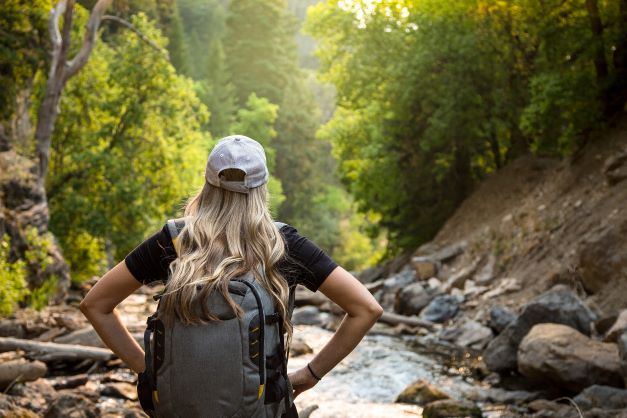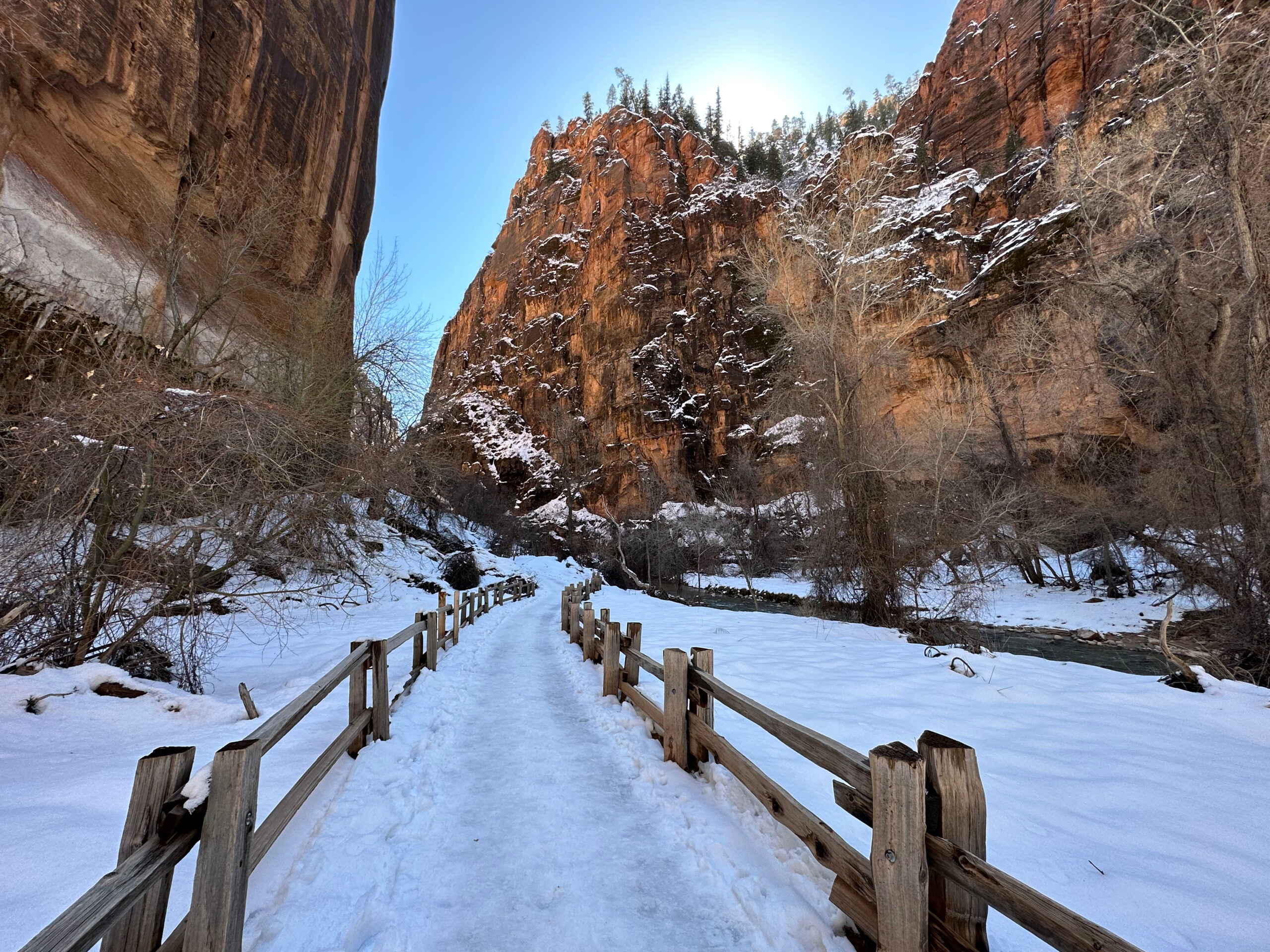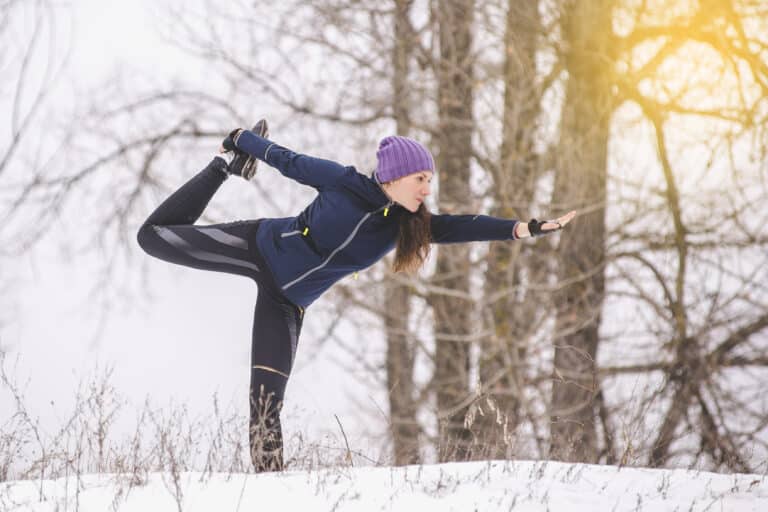10 Proven Essentials: Make Your Next Hiking Trip Awesome!

Our content may include affiliate links, through which we earn a small commission on purchases. Want to learn more about us? Read here.
The foundation of any good hiking trip into the wilderness is to be prepared with the essentials. The great outdoors, with all its beauty and natural ruggedness, can sometimes be unforgiving. A standard baseline of essential supplies helps ensure we are prepared for most situations.
These 10 Essential items should be the minimum gear for a day hike, rafting trip, hunting, fishing, snowshoeing, alpine touring, etc. Going on an adventure can quickly turn from great to disastrous if care is not taken to have the correct gear. To illustrate this, it’s sadly all too common to encounter hikers every year who find themselves many miles away from the trailhead—often in minimal or the wrong clothing and just armed with disposable water bottles.
It’s a reminder that no one is immune to ensuring you are fully equipped and prepared before heading out into potentially challenging conditions; we all need to be mindful of it before setting off into the wild. The best way to ensure I have these is to keep them in my day pack should I decide to go on a last-minute trip. Of course, we want to adjust and modify based on the trip. For example, taking an emergency shelter may be unnecessary if we are hiking close to town on a known trail.
Preparing for the unexpected is an essential part of any outdoor excursion. One of the best ways to ensure I’m ready for whatever Mother Nature throws my way is to keep certain practical items in a day pack. These items can make a big difference during a last-minute trip and should be tailored to the specific terrain and conditions you might encounter.
For instance, if you’re taking a day hike on an established trail close to town, it may not be necessary to pack an emergency shelter or carry extra food. Still, if you’re venturing away from civilization, those pieces of preparedness become much more critical.
My go-to strategy for ensuring I’m ready when adventure calls is keeping my day pack stocked with the right equipment, such as navigation aids and first aid supplies. When choosing a bag for your adventures, consider where you are going and what weather conditions you may experience. If you frequent locations with snow or water, a waterproof day pack is a great option. The bi-weave fabric ensures protection from wet elements and helps protect belongings without adding too much weight.
Another option for keeping your gear dry and protected is a dry bag. These bags keep your items safe from water, dust, or sand. They feature a roll-top closure system to keep every item inside so nothing gets wet. If you’re using a larger backpacking pack for camping trips, packing cubes can efficiently organize items within the space. They keep things secure and provide an easy way to grab the items you need quickly without digging around.
So, the optimal bag type will vary depending on the kind of adventure and location.

What are the 10 Essentials for Hiking?
- Emergency Shelter
- Pocketknife
- First-aid kit
- Extra clothing, including rain gear
- Extra Water, water filter, or filtration straw
- Headlamp or Flashlight
- Extra trail food/snacks
- Matches, lighter, fire starters, or stove
- Sun protection- hat, sunscreen, bug spray (DEET-free), bug spray (deet) and protective clothing
- Navigation- Map, compass, and know how to read/use it
Printable Checklist
Additional Information
If you are a beginner, we suggest reading our posts, Beginners Guide to Day Hiking or Beginners Guide to Backpacking.
Frequently Asked Questions
What type of footwear is best for hiking?
The best type of footwear for hiking depends on the terrain and the length of the hike. Lightweight hiking shoes or trail runners can be sufficient for day hikes on well-maintained trails. These shoes offer good support and flexibility, making them comfortable for shorter distances. Sturdier hiking boots are recommended for longer hikes, backpacking trips, or rugged terrain. These boots provide better ankle support, superior traction, and protection from rocks and uneven surfaces.
Ensuring your footwear is well-fitted is crucial, as blisters and discomfort can quickly ruin a hike. Waterproof options are also available, which can be beneficial in wet conditions.
What essentials should I pack in my hiking backpack?
Packing the right essentials is crucial for a safe and enjoyable hiking experience. Key items include a map and compass or a GPS device to navigate, plenty of water and snacks for energy, a first aid kit for emergencies, and a multi-tool or knife for various tasks.
Pack appropriate clothing layers, including a rain jacket, depending on the weather. Sun protection, such as sunscreen, sunglasses, and a hat, is also important. A flashlight or headlamp with extra batteries, fire-starting tools, and a whistle can also be vital in an emergency. Finally, consider bringing a lightweight emergency shelter or space blanket for unexpected overnight stays.
How should I dress for a hike in different weather conditions?
Dressing appropriately for different weather conditions is key to staying comfortable and safe on a hike. Wear moisture-wicking, breathable fabrics in warm weather to stay cool and dry. A wide-brimmed hat and sunglasses protect from the sun. In cooler conditions, layering is essential. Start with a moisture-wicking base layer, add an insulating layer like a fleece or down jacket, and finish with a waterproof and windproof outer layer.
Waterproof boots and gaiters can keep your feet dry in winter or wet weather. Avoid cotton, as it retains moisture and can lead to hypothermia in cold conditions. Being prepared with the right clothing can significantly impact your hiking experience.






